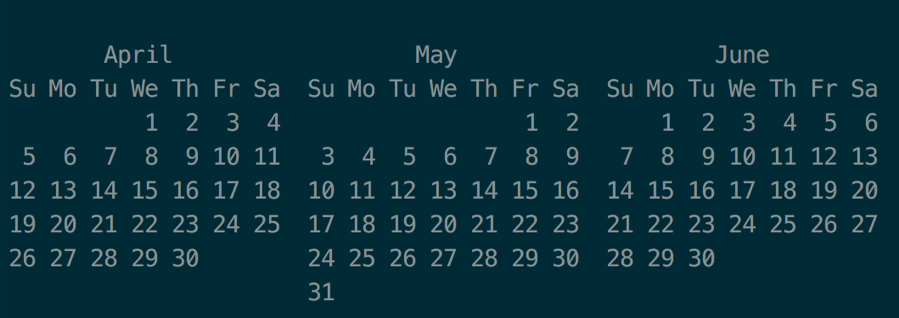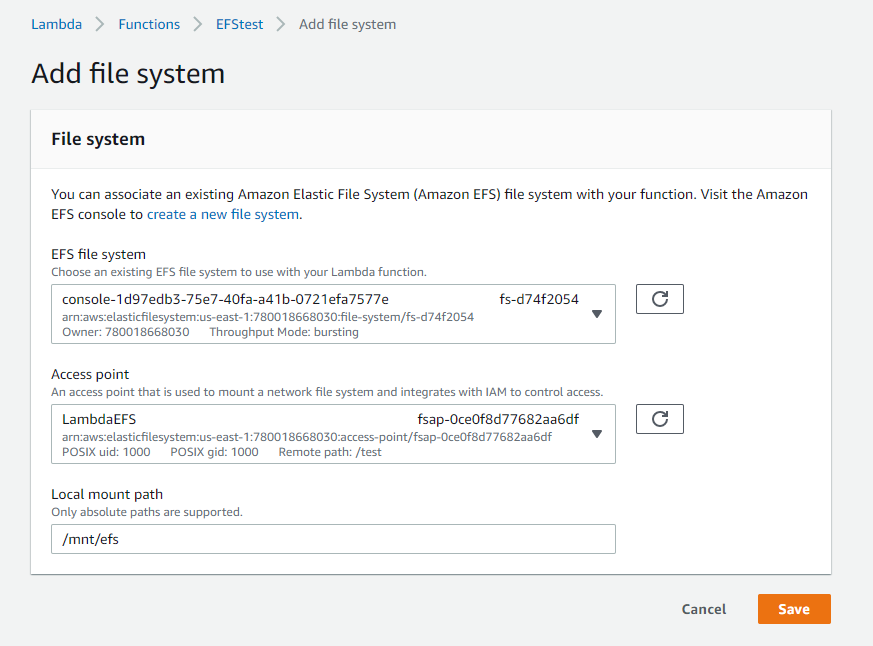AWS Compute Blog
Category: Storage
Using serverless backends to iterate quickly on web apps – part 1
In this post, I introduce the Happy Path example web application. I show the main features of the application, enabling end-users to upload maps and photos to the backend application.
The serverless LAMP stack part 4: Building a serverless Laravel application
Update: The complete blog series and supporting GitHub repository is now available: Part 1: Introducing the new Serverless LAMP stack Part 2: Scaling relational databases Part 3: Replacing the web server Part 4: Building a serverless Laravel application Part 5: The CDK construct library for the serverless LAMP stack Part 6: From MVC to serverless […]
Building deep learning inference with AWS Lambda and Amazon EFS
This post shows how you can use EFS for Lambda to deploy large DL libraries and models into a function for synchronous invocations.
ICYMI: Serverless Q2 2020
Welcome to the 10th edition of the AWS Serverless ICYMI (in case you missed it) quarterly recap. Every quarter, we share all of the most recent product launches, feature enhancements, blog posts, webinars, Twitch live streams, and other interesting things that you might have missed! In case you missed our last ICYMI, checkout what happened […]
Must-know best practices for Amazon EBS encryption
This blog post covers common encryption workflows on Amazon EBS. Examples of these workflows are: setting up permissions policies, creating encrypted EBS volumes, running Amazon EC2 instances, taking snapshots, and sharing your encrypted data using customer-managed CMK. Introduction Amazon Elastic Block Store (Amazon EBS) service provides high-performance block-level storage volumes for Amazon EC2 instances. Customers […]
Adding voice to a CircuitPython project using Amazon Polly
An Adafruit PyPortal displaying a quote while synthesizing and playing speech using Amazon Polly. As a natural means of communication, voice is a powerful way to humanize an experience. What if you could make anything talk? This guide walks through how to leverage the cloud to add voice to an off-the-shelf microcontroller. Use it to […]
Using Amazon EFS for AWS Lambda in your serverless applications
Serverless applications are event-driven, using ephemeral compute functions to integrate services and transform data. While AWS Lambda includes a 512-MB temporary file system for your code, this is an ephemeral scratch resource not intended for durable storage. Amazon EFS is a fully managed, elastic, shared file system designed to be consumed by other AWS services, […]
Building well-architected serverless applications: Approaching application lifecycle management – part 2
This series of blog posts uses the AWS Well-Architected Tool with the Serverless Lens to help customers build and operate applications using best practices. In each post, I address the nine serverless-specific questions identified by the Serverless Lens along with the recommended best practices. See the Introduction post for a table of contents and explanation of the example application. Question OPS2: […]
Building scalable serverless applications with Amazon S3 and AWS Lambda
S3 and Lambda are two highly scalable AWS services that can be powerful when combined in serverless applications. In this post, I summarize many of the patterns shown across this series.
Best practices for organizing larger serverless applications
This blog post provides recommendations for designing and managing code repositories in larger serverless projects, and best practices for deploying releases of production systems.









